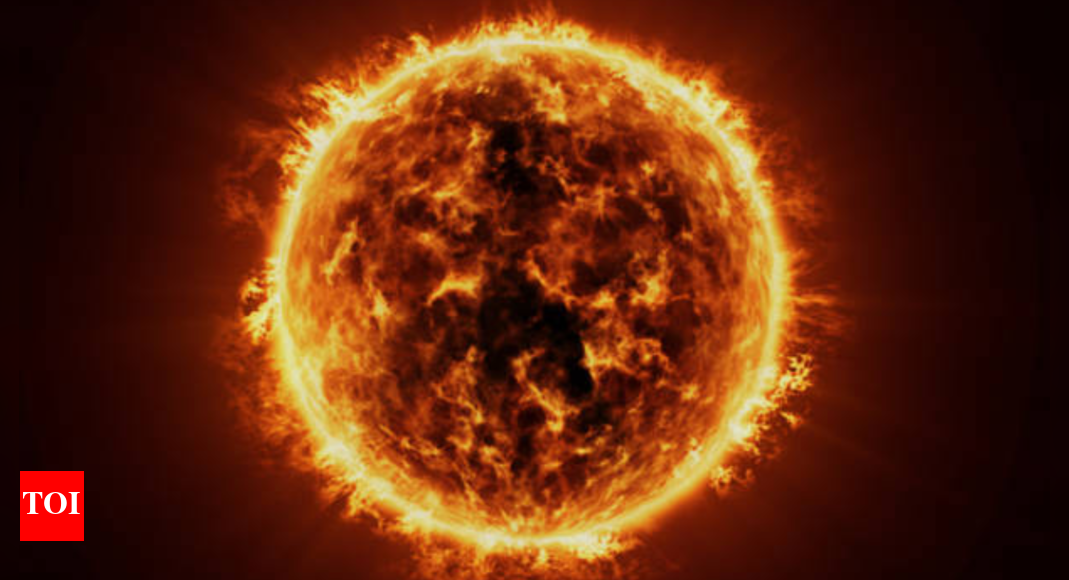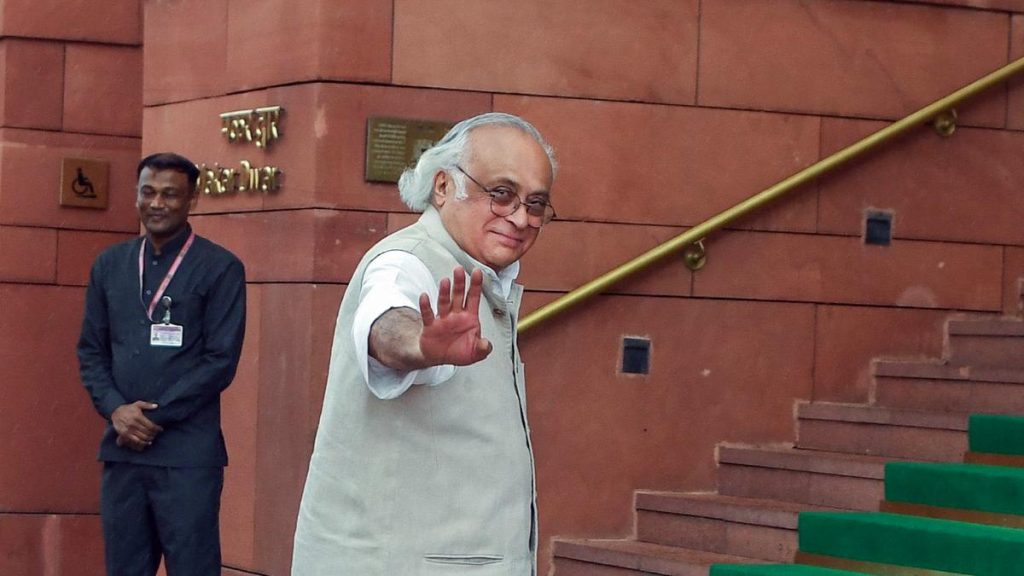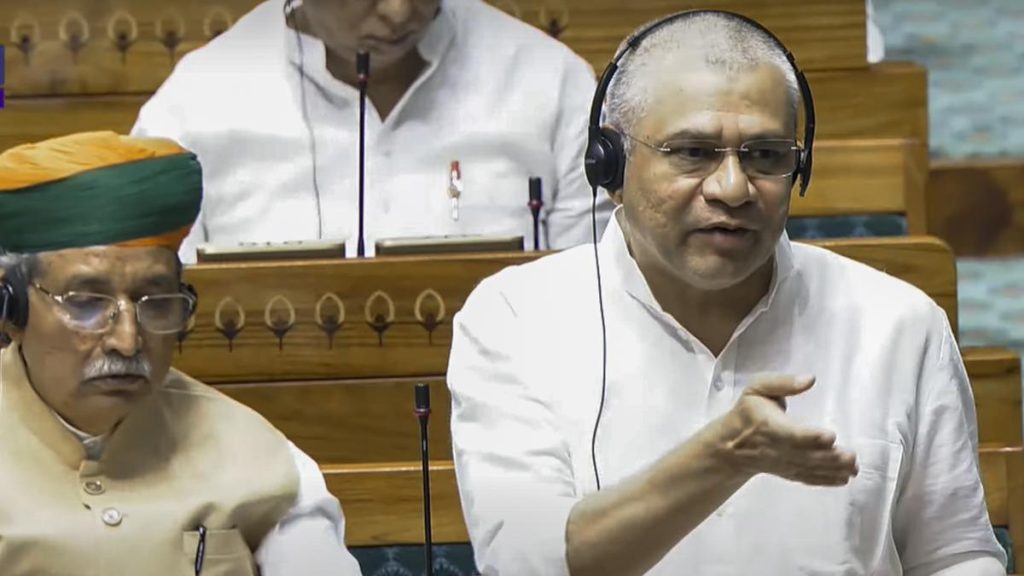Now Reading: Scientists Unveil Sharpest Images of Sun’s Surface Yet
-
01
Scientists Unveil Sharpest Images of Sun’s Surface Yet
Scientists Unveil Sharpest Images of Sun’s Surface Yet

Quick Summary
- Scientists have captured the sharpest-ever images of the sun using advanced technology at the vacuum Tower Telescope (VTT) in Tenerife.
- The innovation combines a new high-tech camera with VTT’s established capabilities too produce ultra-high-resolution photographs.
- The camera system takes 100 rapid short-exposure images at 25 frames per second, boasting a resolution of 8,000 x 6,000 pixels.
- Advanced image restoration techniques correct atmospheric distortions to resolve surface details as small as 100 kilometers.
- Each captured image spans a region about 200,000 kilometers across – significantly larger than previous limitations of around 75,000 km.
- Images obtained in the G-band wavelength detail sunspot structures and their interactions within supergranules and reveal penumbral filaments linked to magnetic activity predicting solar flares.
- The upgraded system enables real-time monitoring of solar surface changes every 20 seconds.This is critical for tracking space weather that affects satellite communications, GPS systems, and Earth’s power grids.
Indian Opinion Analysis
This technological breakthrough represents substantial progress in solar astronomy globally. For India – wich has been developing its own space initiatives like Aditya-L1 focused on studying solar phenomena – such advancements set benchmarks for precision imaging systems and real-time data processing methods. Improved understanding of magnetic fields and plasma flows can enhance predictions related to space weather disruptions impacting satellites critical for India’s telecommunication networks or navigation services like ISRO-powered GPS applications (NavIC).
Moreover, india’s growing investments in renewable energy could benefit from these scientific findings by improving models for predicting fluctuations in solar intensity over time. Though, integrating such research into indigenous capacities will require further collaboration with international observatories or similar facilities. This achievement underscores the need for India’s scientific community to remain closely aligned with global innovations while concurrently expanding domestic technologies for long-term gains.


























